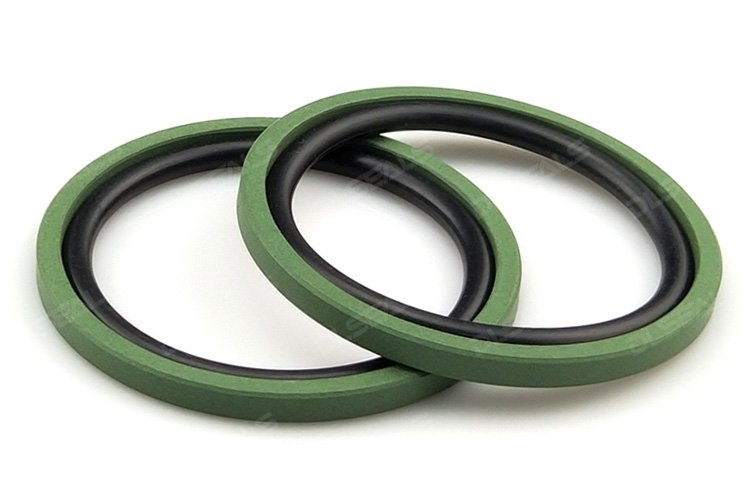
Hydraulic seals play a crucial role in ensuring effective sealing and preventing fluid leakage in hydraulic systems. However, like any component, seals can experience failure over time. This article explores the common symptoms that indicate impending hydraulic seal failure and provides preventive measures to prolong seal life.
Symptoms of Hydraulic Seal Failure:
- Fluid Leakage: One of the most apparent signs of hydraulic seal failure is fluid leakage around the seal area. Any visible leaks or excessive dampness should be addressed promptly to avoid further damage to the system.
- Increased Friction or Resistance: If you notice sudden increases in friction or resistance during equipment operation, it may indicate seal wear or partial failure. This symptom can lead to reduced efficiency and potential damage to other system components.
- Decreased Performance: If the hydraulic system’s overall performance declines, such as reduced lifting capacity, slower operation, or inconsistent movements, it could be a result of failing seals affecting pressure levels and fluid flow.
- Abnormal Noise or Vibration: Unusual noises, vibrations, or knocking sounds during system operation might be indicative of seal damage. These abnormal manifestations require immediate inspection to identify and rectify any potential issues.
Preventive Measures for Hydraulic Seal Failure:
- Regular Maintenance and Inspection: Implement a comprehensive maintenance schedule that includes regular inspections of hydraulic seals. Timely identification of minor seal issues can prevent significant failures and extend the lifespan of the seals.
- Proper Lubrication: Adequate lubrication is critical for reducing friction and wear on hydraulic seals. Ensure that the system is properly lubricated according to the manufacturer’s recommendations to enhance seal performance and longevity.
- Avoiding Overpressure: Excessive pressure can lead to seal damage and premature failure. Adhere to the system’s recommended operating pressures and install pressure relief valves to prevent overpressure situations.
- Temperature Control: Extreme temperatures can adversely affect seal performance. Monitor and control temperature variations within the system to prevent seal degradation or failure.
- Quality Seals from DLSEALS Seals: When selecting hydraulic seals, consider reputable suppliers like DLSEALS Seals. With their commitment to quality and reliability, DLSEALS Seals offers a wide range of high-performance hydraulic seals designed to withstand demanding applications.
Conclusion:
Early detection of hydraulic seal failure symptoms is essential for minimizing downtime, reducing repair costs, and optimizing hydraulic system performance. By following preventive measures such as regular maintenance, proper lubrication, and temperature control, you can significantly extend the lifespan of hydraulic seals. For reliable and durable hydraulic seals, consider choosing DLSEALS Seals, a trustworthy provider known for their top-quality sealing solutions.
Post time: Oct-16-2023
